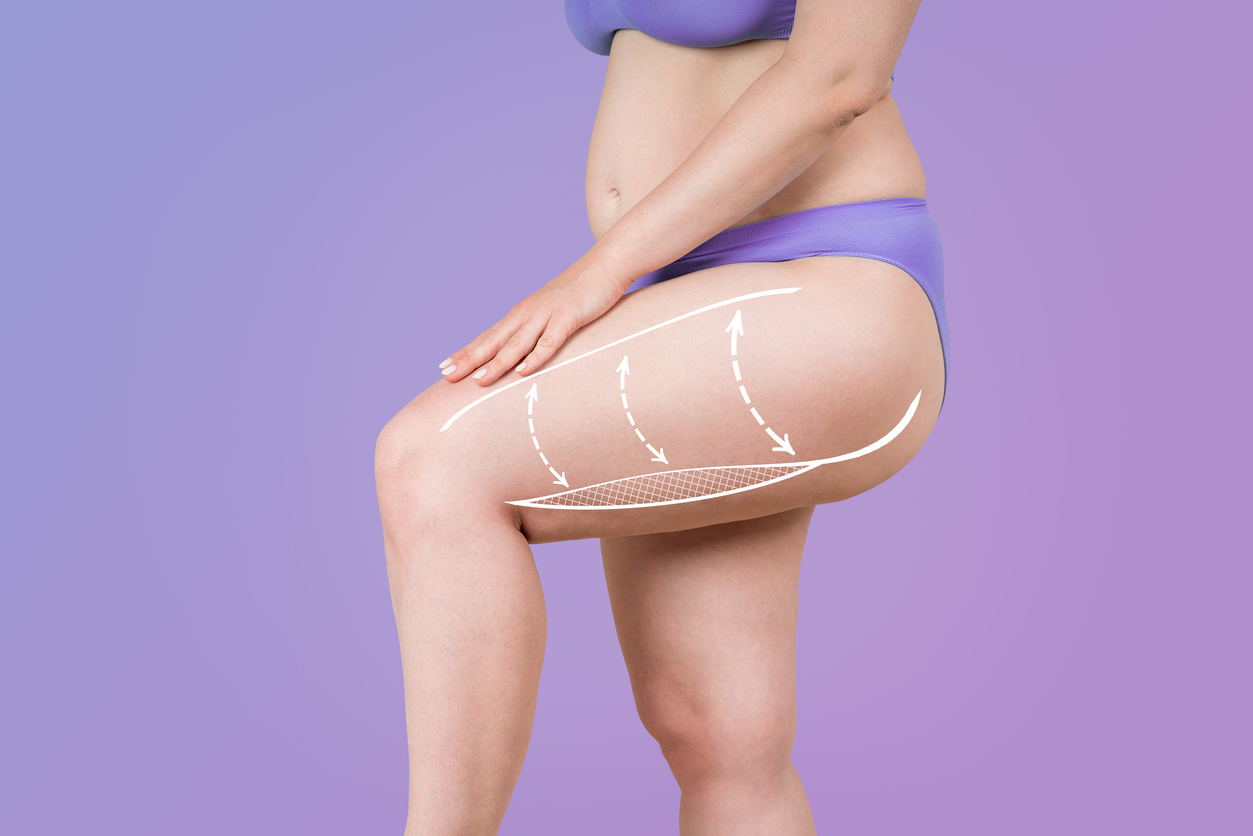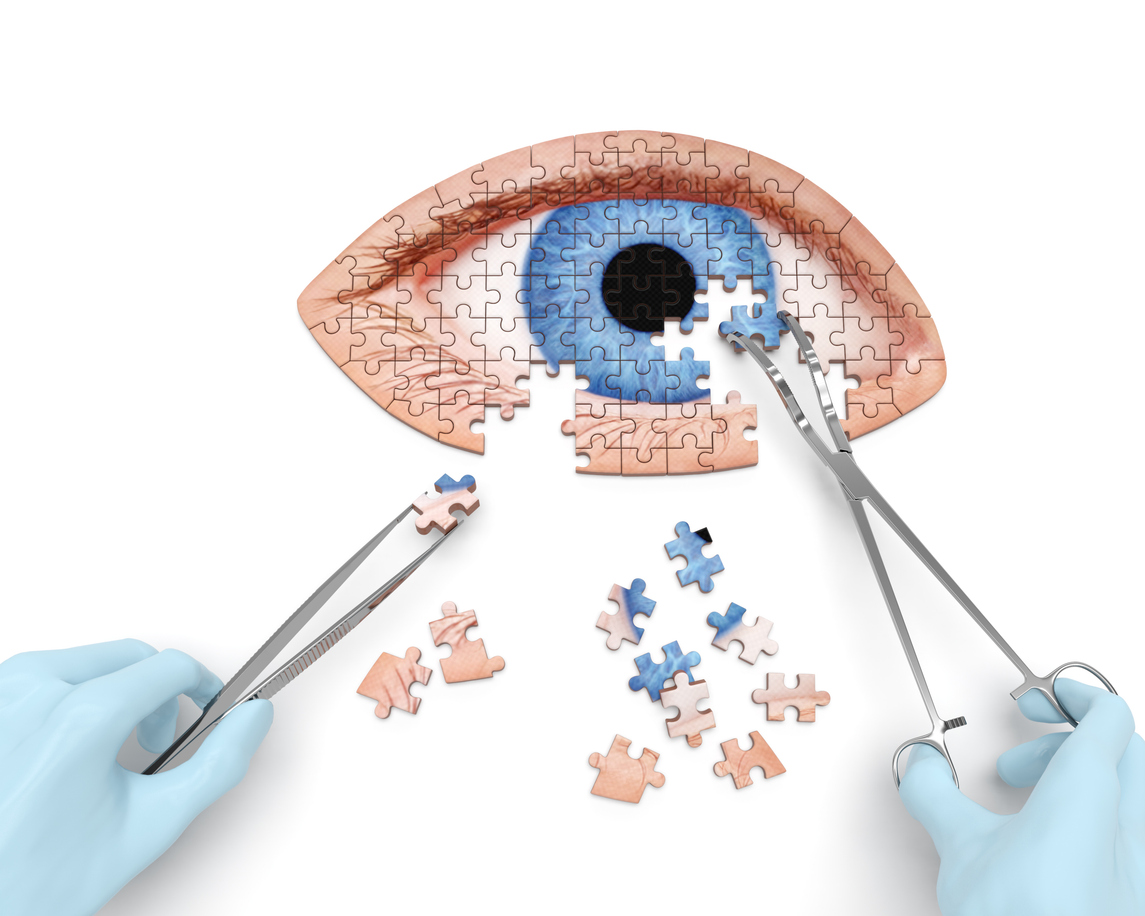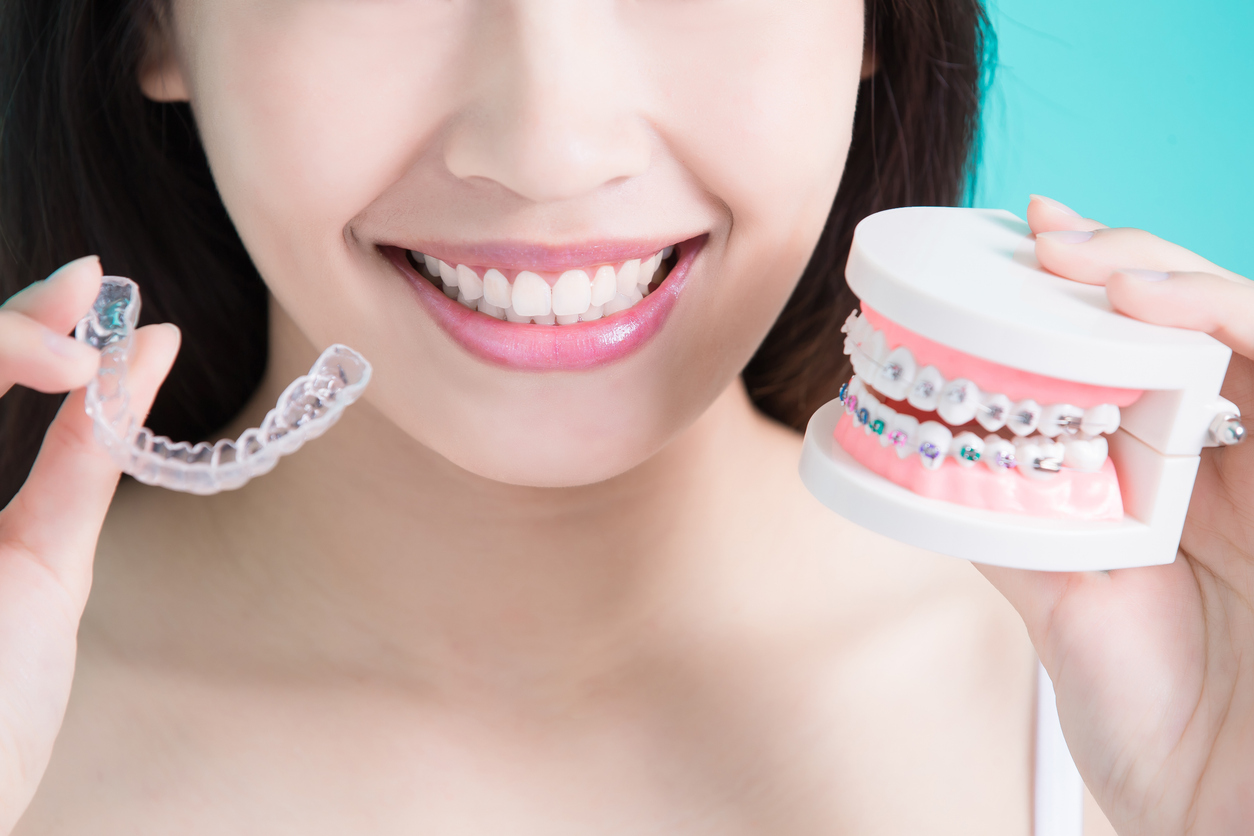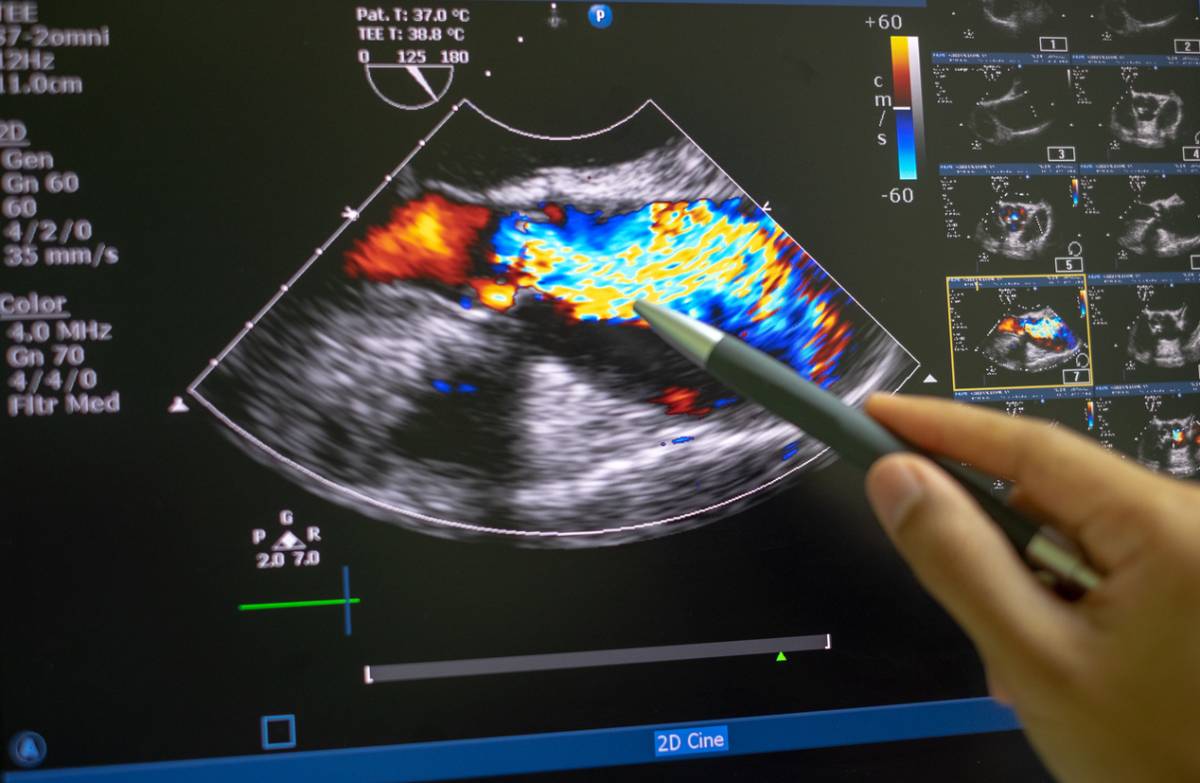Is Gummy Smile Correction Painful?
A gummy smile treatment is a procedure that can be life-changing for some people, boosting their confidence and presentation. But is gummy smile correction painful? In our article, we answer this question and discuss the procedure and the recovery.
Is Gummy Smile Correction Painful?
The procedure of gummy smile correction is typically not painful since, in most cases, the surgery site is numbed with a local anesthetic. Modern anesthetics are highly effective and prevent most patients from feeling anything at all.
Sedation dentistry is available for patients who have a high tolerance to local anesthetics. It can also be helpful to people with acute anxiety about dental procedures. Sedation dentistry helps patients feel relaxed and at ease during the procedure. There are several types of sedation dentistry available:
- Oral sedation that is administered by taking a pill by mouth
- Intravenous sedation
- Nitrous oxide (also known as laughing gas) that is inhaled through a mask
- General anesthesia
Talk to your doctor about the anesthetic and sedation options they can offer.
What Happens During a Gummy Smile Correction Procedure?
A gummy smile procedure can be done using different methods: gum contouring using a laser or a scalpel or lip repositioning surgery. In some cases, these methods can be combined. An orthodontic treatment can also be beneficial for some patients in combination with gum contouring or lip repositioning.
Gum Contouring
Before the procedure of gum contouring, you will have a consultation with your dentist and discuss the look you want to achieve with this treatment. Also, you will have an exam on your oral health during this visit. Your dentist will need to make sure that you do not have any cavities, periodontitis, or other issues. If any of these problems are present, you will have to treat them before gum contouring can be done.
At the beginning of the procedure, your dentist will mark the gum tissue to make sure that the gum line looks unified. In addition, factors such as tooth wear and facial structure will be taken into account when deciding how much gum tissue should be removed, as the goal is to achieve a balanced and symmetrical look.
Additionally, your dentist will check if you have excess bone tissue around your teeth, as it will cause your gums to grow back after the procedure. If there is excess bone tissue, it will be removed during the gum contouring procedure as well.
Before the surgery begins, a local anesthetic will be administered to numb the procedure site. Once your gums are numb, your doctor will remove the excess gum tissue to reveal more of your teeth’ surface.
Lip Repositioning
In some cases, a gummy smile can be a result of the position of the upper lip or the way it moves when you smile. Therefore, surgical lip repositioning helps change the amount of gum visible when smiling by limiting the movement of the lip.
This procedure takes approximately an hour and is performed under a local anesthetic that prevents the patient from feeling pain.
The Recovery After a Gummy Smile Correction
Once the anesthetic wears off, you will most likely start feeling some tenderness, soreness, or discomfort in the area of your gums or lip that got altered. You can also experience swelling. However, these symptoms typically go away within several days after the procedure as your gums or lips heal.
Any excessive pain or discomfort can be remedied with over-the-counter pain medication, such as Ibuprofen. Recovery typically takes approximately a week. To minimize pain and discomfort during gummy smile correction recovery, follow these tips:
- Abstain from sports or other strenuous physical activities for about seven days after the procedure, as they can increase bleeding and swelling.
- Make sure to clean the surgical area well and to maintain thorough oral hygiene in general to prevent bacterial growth. Follow your dentist’s recommendations on how to brush and floss your teeth after the procedure. You might also be recommended an antibacterial mouthwash or antibiotics.
- Avoid hard, crunchy, and sticky foods such as crackers, chips, nuts, etc. Such foods can damage your gums. Instead, adhere to a soft diet for several days after the gummy smile correction. Examples of a soft diet include yogurt, smoothies, soups, eggs, mashed potatoes, etc.
Make an Appointment Today
If you are considering a gummy smile correction procedure, do not hesitate to sign up for a consultation at our dental office today. Our specialists will carry out a detailed examination of your case to offer you the best solution. We look forward to your visit to the Smiles of Arcadia dental office.








